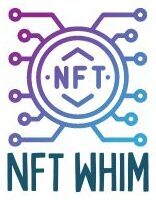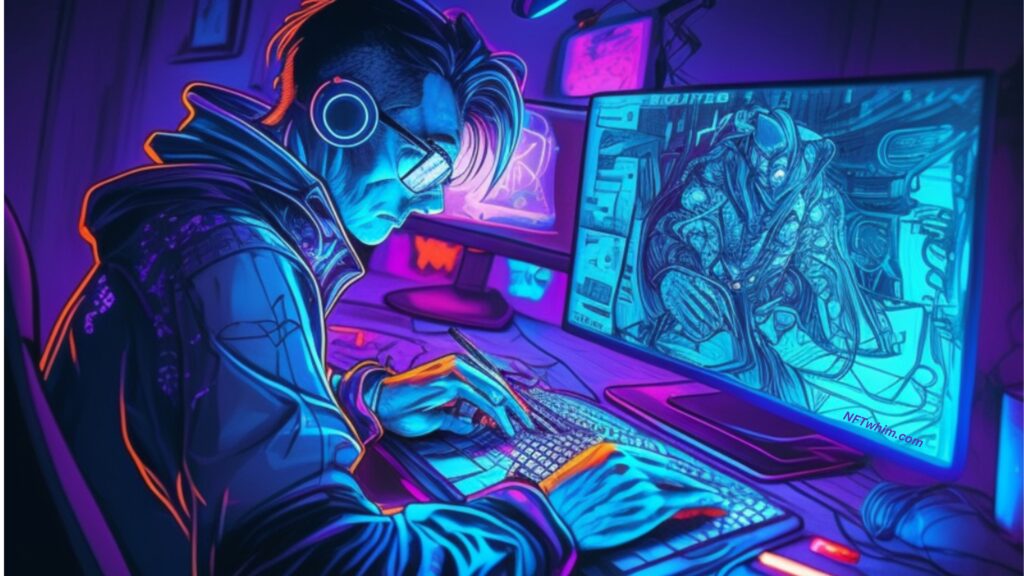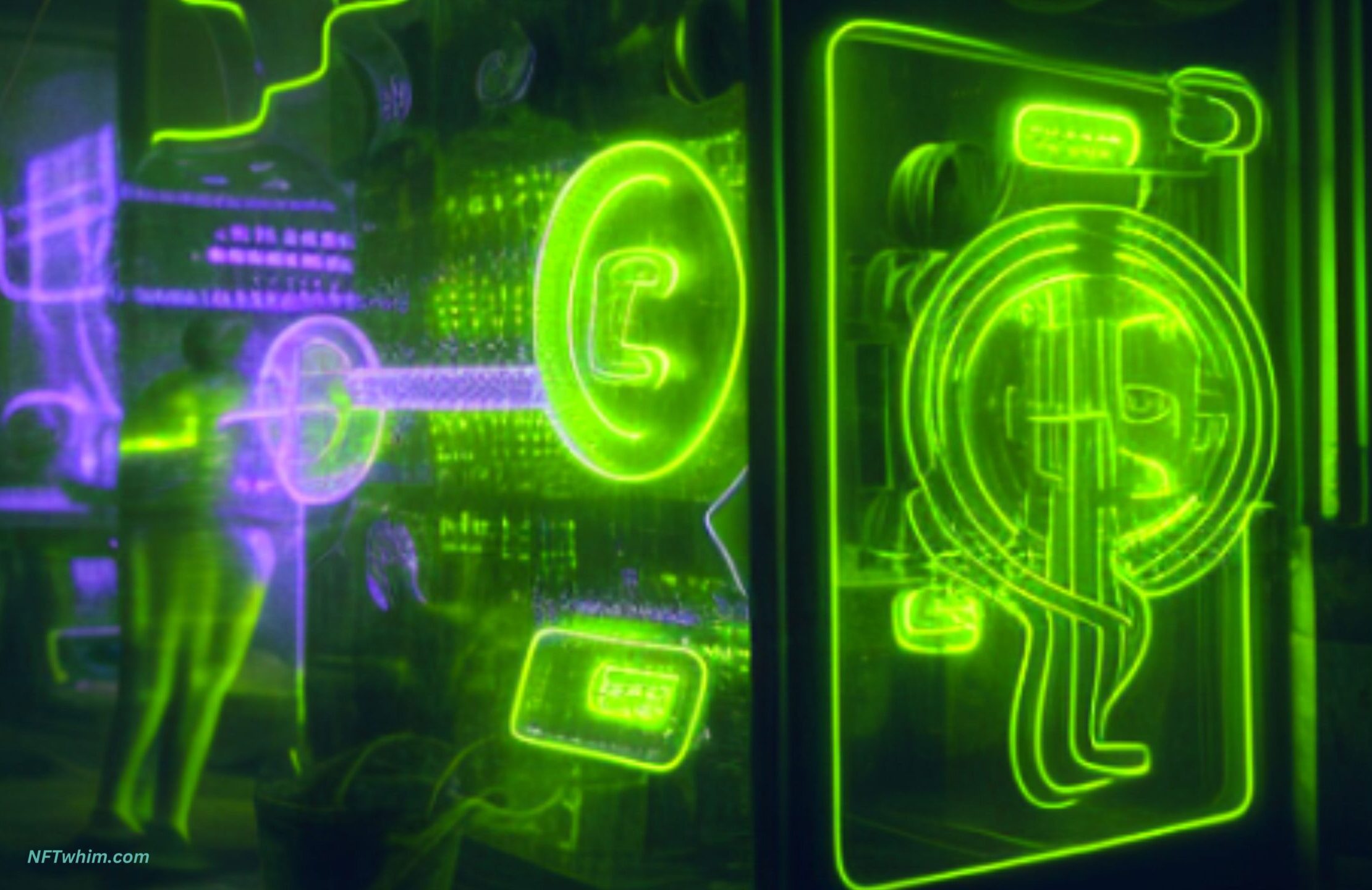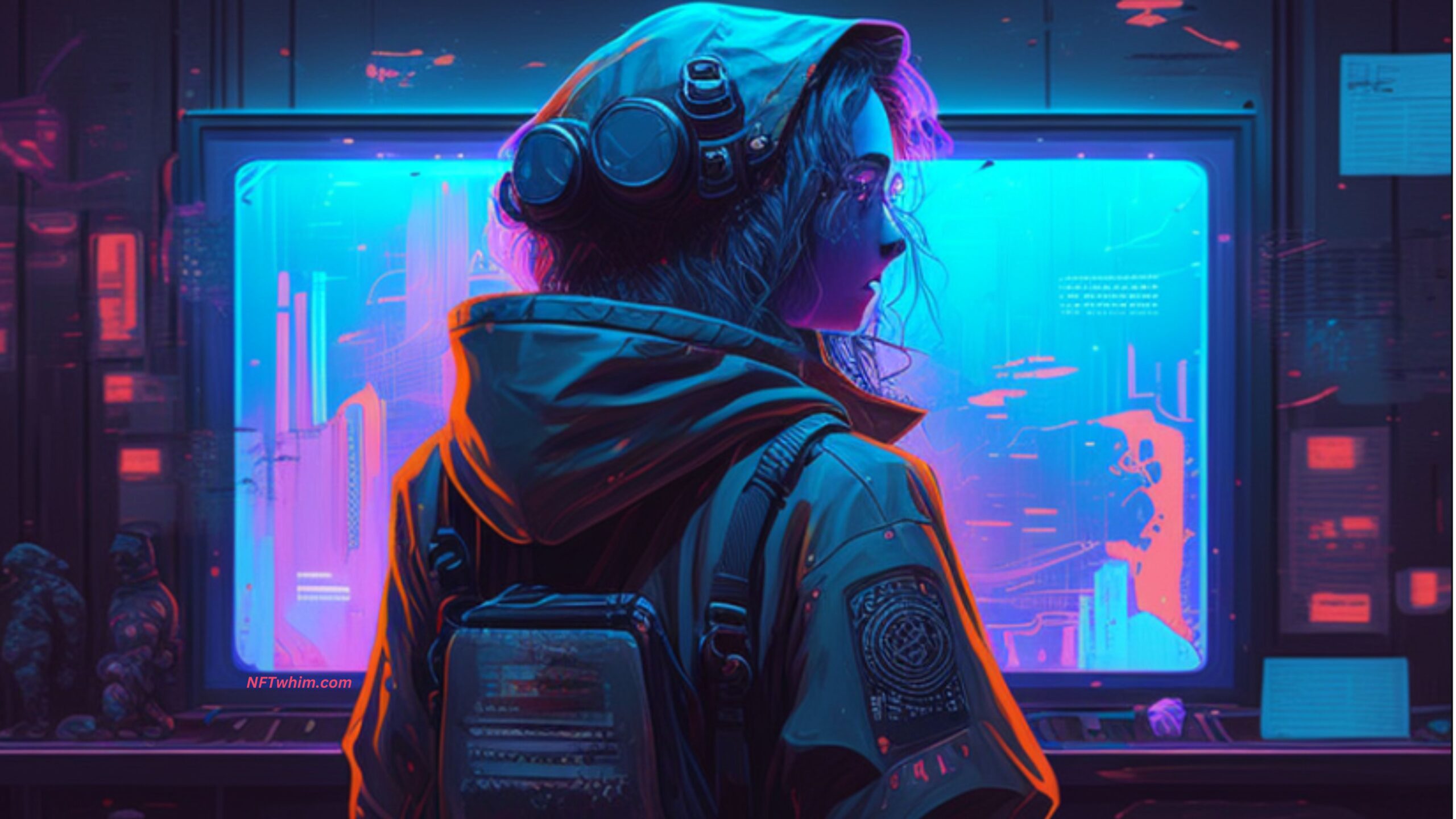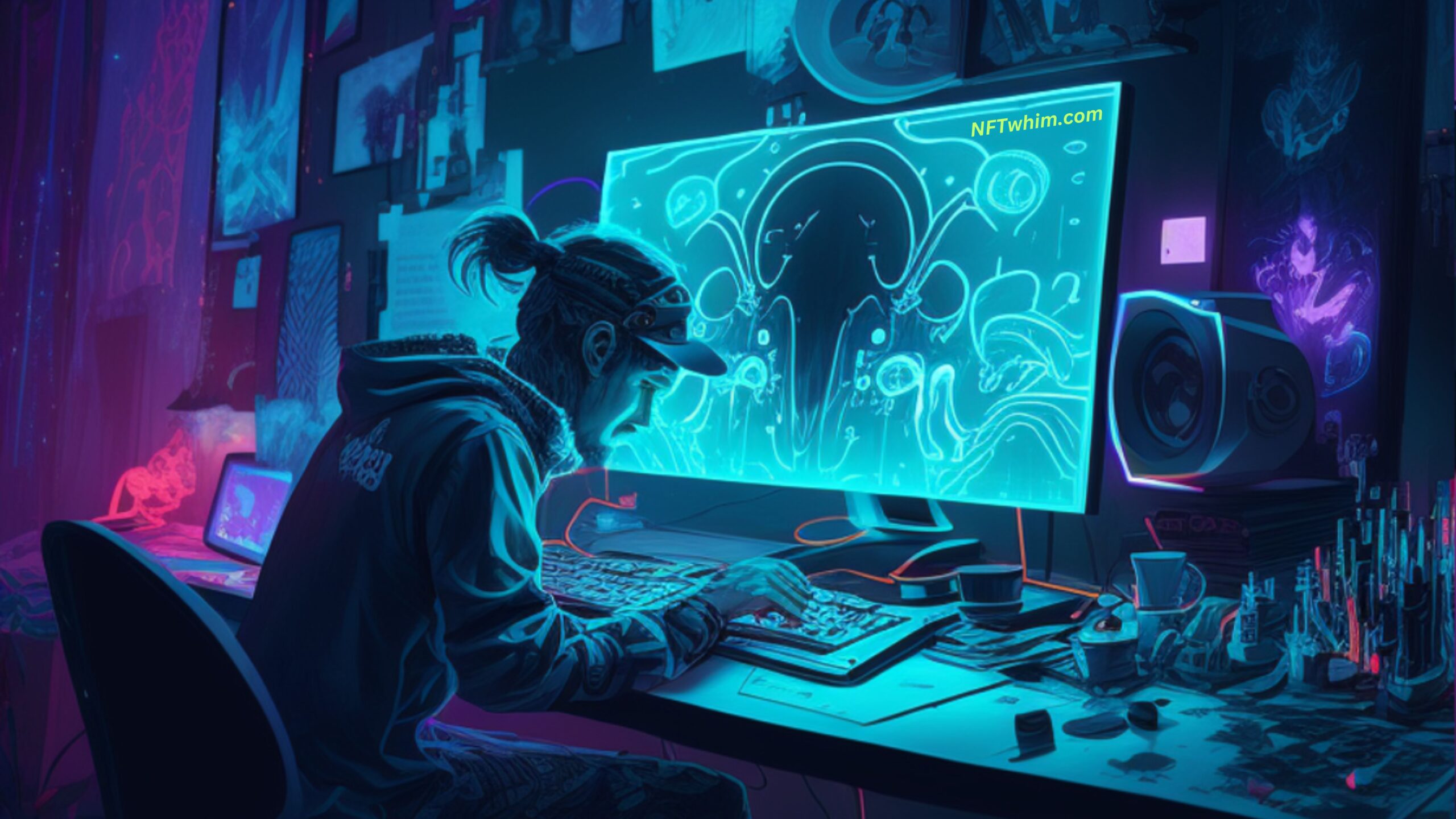Have you heard of NFTs? Non-fungible tokens, or NFTs, are digital assets, often in the form of art or collectibles, that can be authenticated and exchanged online. With the growing popularity of NFTs comes the need for platforms to create (or more precisely, “mint”) and sell them. But which are the best marketplaces to create and sell your NFT art?
To create and sell NFTs, there are various platforms available, including OpenSea, Rarible, and SuperRare. These platforms provide creators with multiple features, including customized pricing and offers, access to a global market of potential buyers, and real-time analytics. Selling NFTs can be a great way to monetize digital artwork, music, and other creative projects, providing immutable ownership and no counterparty risk.
So, if you’re interested in creating and selling your own NFTs, here’s a guide and deep-dive to some of the best platforms available!
We’ll discuss the following in this post:
Table of Contents
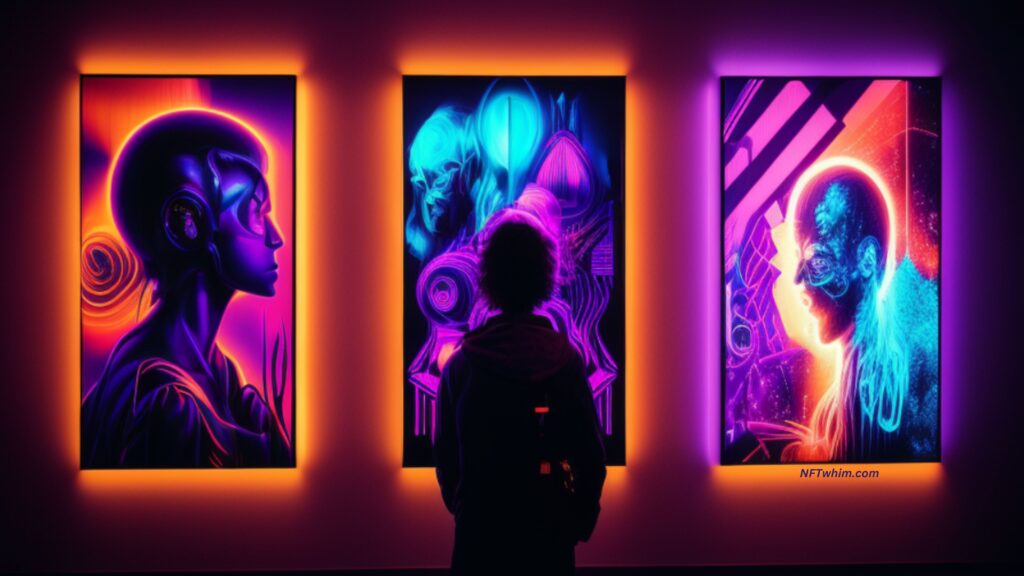
Before we start, learn about how you can mint an NFT without cost here!
What Is An NFT?
Before we get into the meat of the matter, let’s just briefly understand what NFTs actually are.
An NFT is a type of digital asset that can be bought and sold on the blockchain. It stands for Non-Fungible Token, which means it’s a unique token that can’t be exchanged for anything else. Unlike other cryptocurrency, it does not have any intrinsic value. Instead, the value comes from its use as a medium of exchange or an investment vehicle. NFTs have become increasingly popular in recent years due to their ability to represent a wide range of digital assets such as art, music, videos, collectibles, and virtual real estate.
NFTs are created by developers who create smart contracts and then deploy them onto ethereum-based blockchains like Ethereum or Cardano. After they are deployed, buyers can purchase these tokens through decentralized exchanges or through third-party marketplaces. The buyer is then able to own the token and trade it with others if they wish. This allows users to easily buy and sell various digital assets without requiring permission from anyone else.
The main benefit of using NFTs is that they provide immutable ownership of digital assets with no counterparty risk involved. This makes them ideal for artists and creators looking to monetize their work securely without fear of fraud or theft. Additionally, because transactions on the blockchain are immutable, buyers can trust that their purchases will remain secure over time even if the seller disappears or goes out of business.
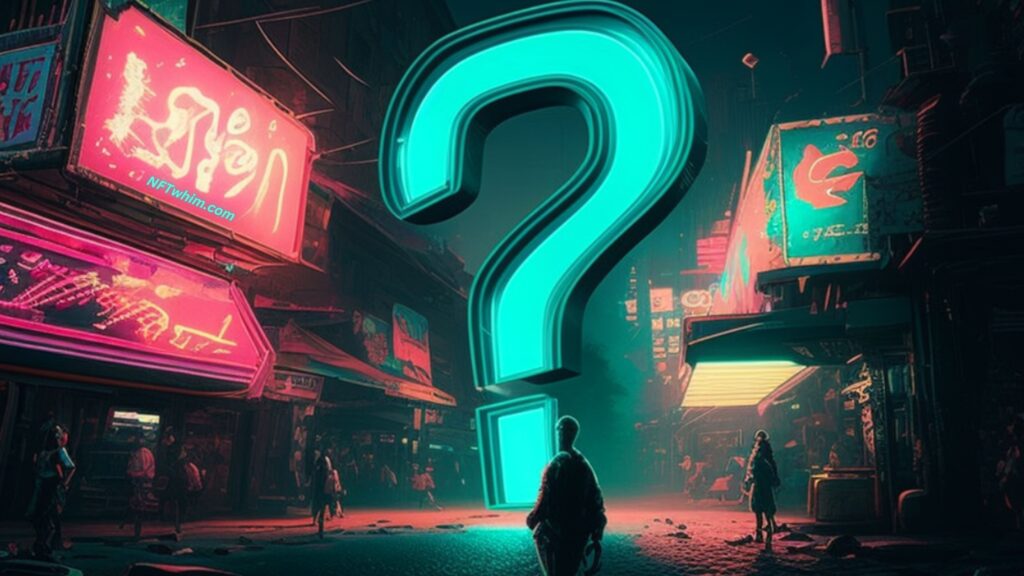
Benefits Of Selling You Art Work as NFTs
Selling NFTs can be a great way to monetize your digital artwork, music, and other creative projects. With the right platform, creators can reap the benefits of selling their art as non-fungible tokens. Some of these benefits include increased visibility and access to a global market of potential buyers. Additionally, owning an NFT provides collectors with a unique form of ownership that they can use to store value in the long term.
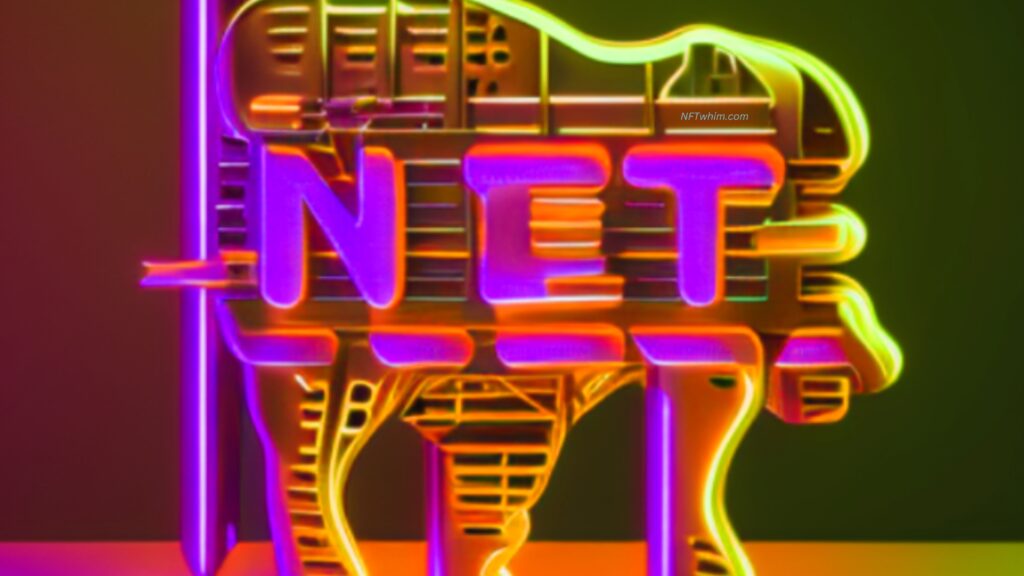
Popular Platforms To Create (or “Mint”) And Sell NFTs
Popular platforms to create (or more precisely: to “mint”) and sell NFTs are numerous. From widely used platforms like OpenSea, Rarible, and SuperRare, to well liked platforms like NiftyGatway, Foundation and Rarible, to less established ones like Zora and Mintable, each platform offers its own unique features and advantages.
Below, we’ll discuss the most popular NFT marketplaces of today, for minting and selling your NFT art:
Opensea
OpenSea is the biggest and most widely used platform for creating (minting) and selling NFTs of today. It has a user-friendly interface, so it’s easy to set up a marketplace to get your NFTs out there. OpenSea also allows you to create custom pricing and offers, making it easier to customize the experience for potential buyers. Additionally, OpenSea gives users access to a wide range of digital assets, including art, music, games, tickets, and more.
OpenSea allows creators to easily connect with buyers by providing them with a link that they can share on social media or other websites. This allows creators to easily reach new audiences who may not have heard of their work before. Additionally, OpenSea provides detailed analytics so creators can track their sales in real-time and measure success over time.
Overall, OpenSea is an excellent platform for creating and selling NFTs. It’s easy to use and provides users with multiple features that make it simple to customize their experience. Furthermore, its ability to track sales in real-time makes it an invaluable tool for tracking progress. OpenSea is definitely worth considering if you’re looking for an efficient way of getting your work out there.
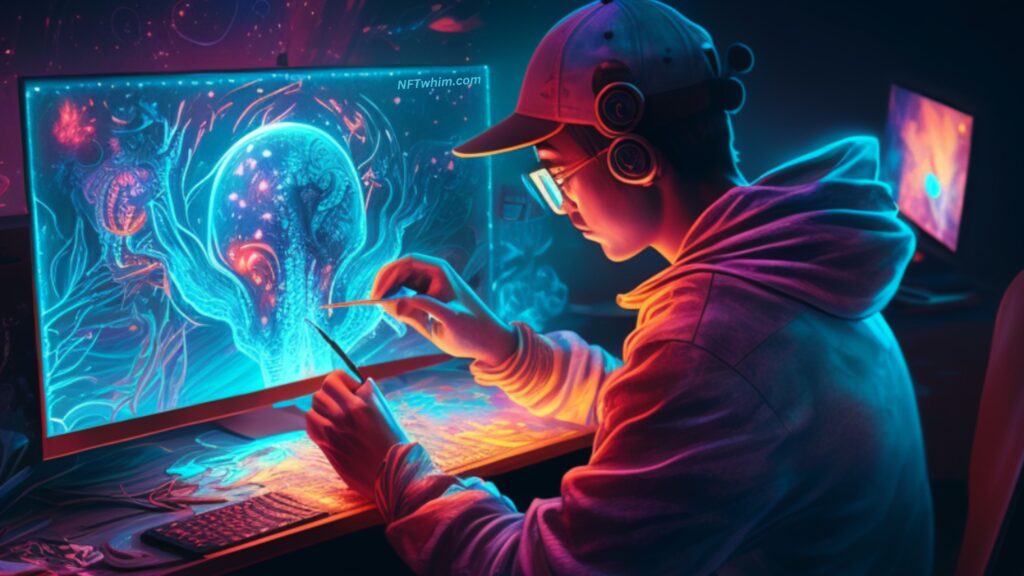
Rarible
Rarible is another great marketplace for minting and selling your NFTs. It’s incredibly user friendly with a very intuitive interface, making it great for newbies as well as experienced creators. On Rarible, you can easily upload images, videos, or audio files and convert them into digital collectables that you can then sell or trade on the secondary market.
Similar to other NFT marketplaces, all transactions are secured with blockchain technology to ensure a safe and secure experience. You also have the option of creating an auction style sale where multiple bidders compete for your asset. And lastly, Rarible provides analytics that allow you to track your sales performance in real-time so you can quickly identify trends and make informed decisions about pricing and marketing strategies.
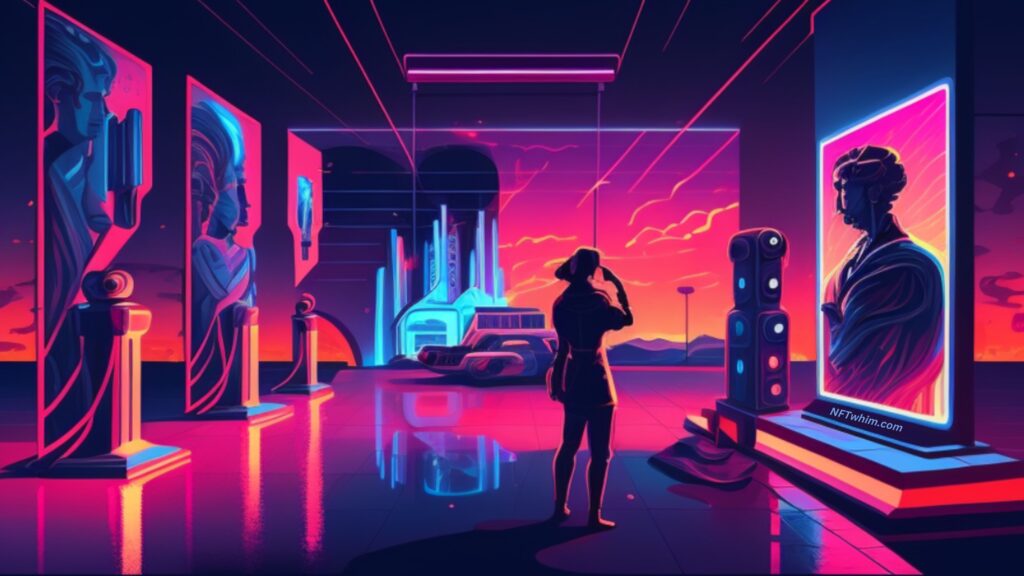
SuperRare
SuperRare is also a great option. It’s a decentralized digital art gallery that allows users to upload, buy and sell their artwork as digital collectibles. With SuperRare, you can showcase your artwork to a global audience of collectors, curators, artists, and other enthusiasts. The platform also offers a suite of tools for artists to manage their portfolio, track analytics about their work, and interact with other creators.
SuperRare provides an easy-to-use marketplace for artists to list their artwork at whatever price they choose. They also offer curated collections from artist communities. With these collections, buyers can easily find art that speaks to them without having to search through hundreds of listings.
SuperRare is a great way for artists to monetize their work while still maintaining full control over it. They have no restrictions on what type of artwork can be sold or how much it should cost; it’s entirely up to the artist’s discretion. Plus, all transactions are done completely on the blockchain, so there’s no need for any middlemen or intermediaries taking a cut of the profits. All in all, SuperRare is an excellent platform for creating and selling your NFTs!

Nifty Gateway
Nifty Gateway is another popular platform to create (or “mint”) and sell your NFTs.
Nifty Gateway is different from the other mentioned NFT marketplaces in that you cannot directly mint and upload your NFT. To publish an NFT with Nifty Gateway, you instead first need to become a “creator”. The process of becoming a creator involves submitting an application, and it may take some time for Nifty Gateway to review and respond to your application. Once you are accepted as a creator however, you can upload your NFT to the platform.
One advantage with Nifty Gateway is that since it uses an application process for NFT creators to get accepted to the platform, the marketplace is less crowded with loads of low-quality NFTs. This means that once you’re accepted to the platform, you will likely have a greater chance of getting noticed by collectors.
Besides this, Nifty Gateway offers several of the common features that an ideal NFT platform should have. For instance, its built-in security measures help ensure that your digital assets remain secure from potential malicious activity. Also, its integrated wallet feature allows you to securely store your digital assets without having to download third party software or applications.
Overall, Nifty Gateway is a great platform for sellers looking to get into the lucrative world of NFTs without any hassle or technical difficulties.
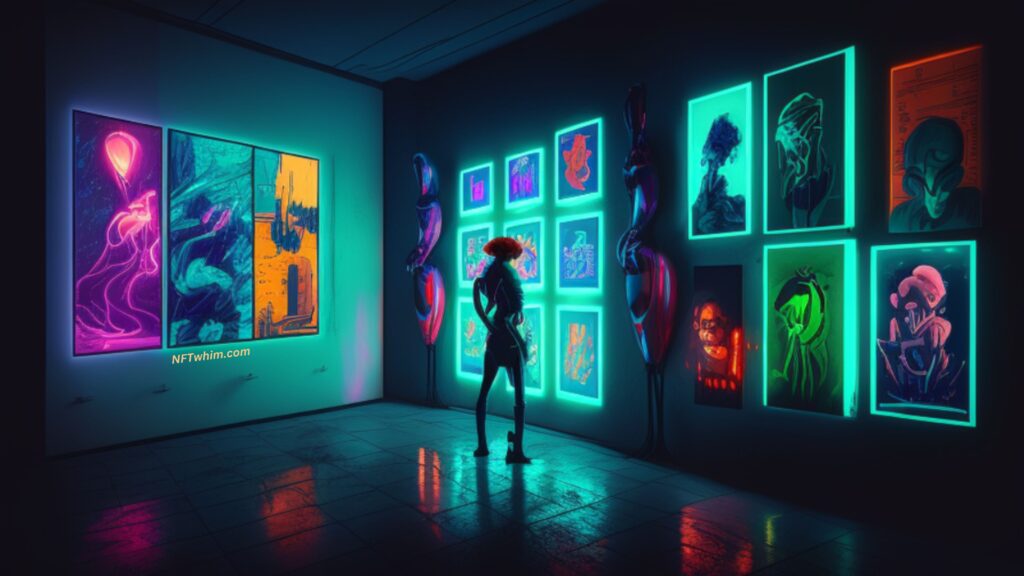
Foundation
Moving on, Foundation is also an excellent choice for minting your art into an NFT, and putting it up for sale. It is an open-source protocol that makes it easy for anyone to mint, manage, and trade digital collectibles. It allows users to customize their marketplace by setting the parameters of the token sale such as the starting price, duration of the sale, etc.
Ultimately, Foundation is a great platform for creating and selling your NFTs due to its intuitive design, security features, and customizable marketplace settings – making it one of the best platforms for digital collectibles today.
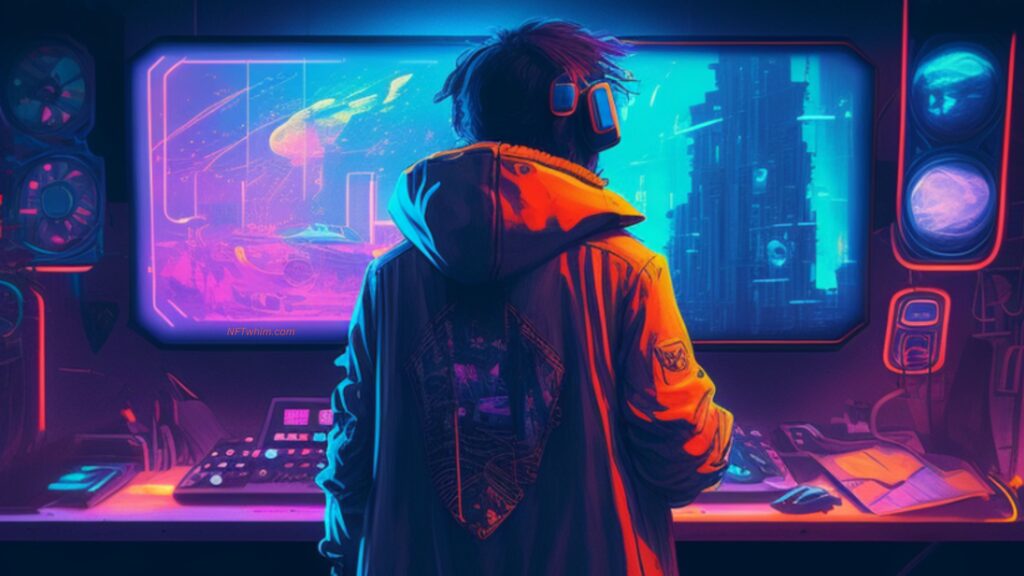
Tips For Creating And Selling Your Own NFTs
Creating (or “minting”) and selling your own NFTs can be an exciting, rewarding experience. There are a few key tips to keep in mind when creating and selling your own NFTs. Firstly, it’s important to do research on the platforms available for creating and selling your own NFTs. It’s important to find out which one is best suited for you and your needs.
Secondly, it’s important to create content that will appeal to potential buyers. For example, if you are selling digital artwork, make sure that the artwork is of a high quality and visually appealing. Additionally, consider adding some extra features such as exclusive access to a website or behind-the-scenes footage of the artwork creation process.
Finally, make sure that you set up payment options that will make it easy for people to purchase your NFTs quickly and securely. Consider using a well-known blockchain and cryptocurrency for the (minting and) payment option, such Ethereum, so that customers can feel safe and confident when making payments. Also, consider integrating a fiat payment option, if that is available at the platform you are using, since this can attract the less tech-savvy customers. Opensea, for example, offers options for fiat payment via credit card.
With these tips in mind, you should be able to successfully create and sell your own NFTs on various platforms.
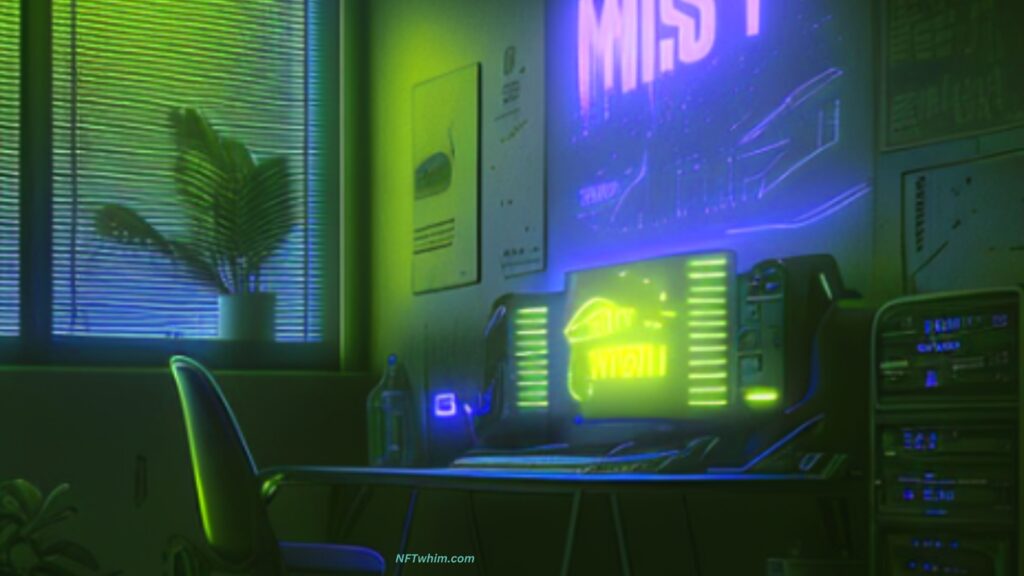
Security Considerations
When creating and selling NFTs, security is of utmost importance. It’s important to ensure that your platform is secure and your customers’ data is protected. To do this, you should consider the following security considerations.
First, make sure that the platform you choose has robust encryption protocols to protect customer information. This includes encrypting passwords, credit card numbers, and other sensitive data.
Second, it’s important to select a platform with strong anti-hacking measures in place. Look for platforms with firewalls and malware detection systems in place. Additionally, consider platforms that regularly back up customer data for extra protection against any malicious activity or data breaches.
Finally, look for customer service support from the platform provider when needed. Prompt responses from knowledgeable staff can help ensure your customers’ security remains intact at all times. Make sure there are multiple contact methods available such as email, chat or phone lines so customers can reach out quickly if needed.
As a general rule, there is less risk of security issues if you choose one of the larger and more popular platforms, since these have stood the test of time and have already been tested by many users. Opensea is the biggest NFT marketplace today, as mentioned earlier. However, all the platforms listed in this guide are popular and rather well-established as of today.

Final Words
So, in conclusion, if you’re an artist, musician, or creator looking to monetize your digital projects, selling NFTs could be a great option. You can do this on platforms like OpenSea, Rarible, or SuperRare, which offer various features to help you customize pricing, access a global market, and track real-time analytics.
The best part about NFTs is that they provide immutable ownership and no counterparty risk, meaning you can rest assured that your digital creations are secure and authenticated. Plus, you can sell them to interested buyers from all over the world!
All in all, if you want to make money from your digital creations, selling NFTs could be a great way to do it. And with platforms like OpenSea, Rarible, and SuperRare, it’s easier than ever to get started!
Robin
Author: Robin Olsson
Author Bio: I’m Robin and on this website, I share everything I’ve learned since getting into NFTs in 2021. I have a background in research and I’ve been in crypto for several years. You can read more about me here.
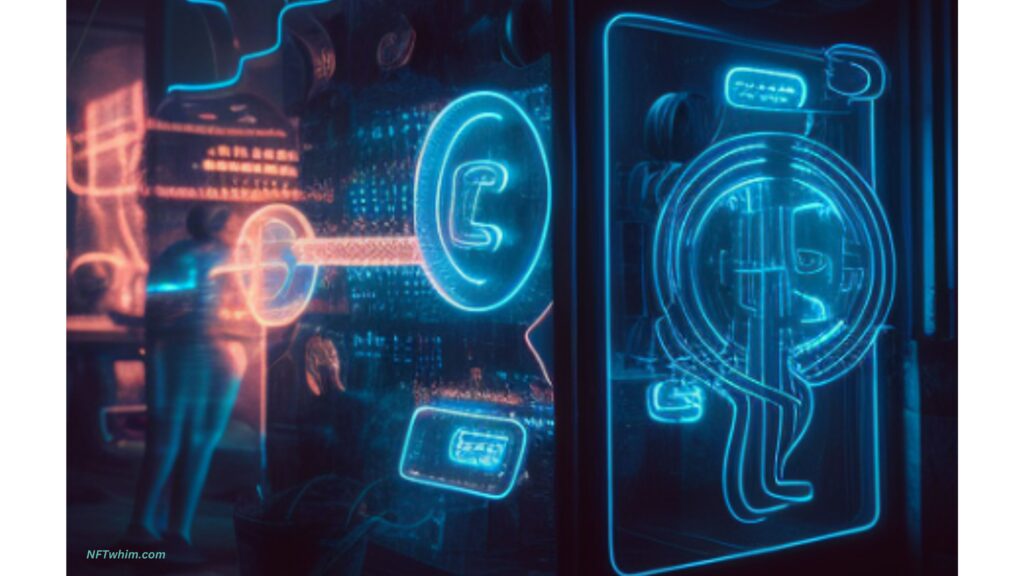
Frequently Asked Questions (FAQ)
What Are Some Common Uses For NFTs?
One of the most popular uses for NFTs is as an investment vehicle. By buying an NFT, individuals can take ownership of unique assets with potentially high resale value. This makes them a great way to speculate on rising trends or new technologies that may become valuable down the line. Additionally, some platforms offer additional rewards for holding certain types of NFTs, making them even more attractive as investments.
Another popular use for NFTs is as tokens of appreciation or gratitude. By gifting someone an NFT you can show them appreciation without having to spend money on physical gifts or patronizing expensive restaurants or stores. It’s also possible to trade smaller amounts without having to worry about paying fees associated with traditional payment methods like credit cards or PayPal. This makes it ideal for things like tipping artists or rewarding content creators who produce work that resonates with you.
Finally, one interesting use case being explored is community tokenization – creating digital assets that represent collective ownership in projects and initiatives within communities. These tokens could be used to incentivize people to participate in activities beneficial to their communities, such as volunteering at local charities or participating in cleanup efforts at parks and beaches. With their secure nature and ease-of-use, NFTs are perfect candidates for this type of initiative due to their ability to provide transparent records of ownership and transactions related to the project’s tokens.
In summary, there are many potential uses for NFTs beyond simply buying and selling digital assets; from investments vehicles and tokens of appreciation to community tokenization projects – all utilizing the secure nature and ease-of-use that make NFT technology so attractive today. As more developers join the space and explore further applications for this technology, we can expect even more innovative ways that people will use it in the future
How Do I Determine The Value Of My Nft?
First and foremost, it’s important to consider the quality and uniqueness of your artwork or design. If it stands out from other offerings in terms of aesthetics or creativity, then it’s likely to have more value than something that is less distinct or original.
In addition to the quality of your artwork, you should also consider the overall demand for NFTs and the size of their market. If there is little supply but plenty of demand, then prices may naturally increase as buyers compete for limited-edition assets. Conversely, if there is an abundance of similar NFTs on the market and not enough buyers, then prices may drop significantly over time. Researching current trends in the industry can also provide valuable insights into how much your piece could potentially be worth.
Finally, look at recent sales data for similar pieces to get a better idea about pricing within the specific genre or category of art. For example, if you’re selling a comic book-inspired NFT, looking at auction results for similar works would help give you an idea about what kind of price tag would be reasonable for yours too. Compared to traditional markets where values are established by art critics and connoisseurs, this type of data-driven approach can help inform your decisions when setting a price point for your own work.
What Kind Of Digital Asset Can Be Turned Into An NFT?
The most common type of digital asset that can be turned into an NFT is artwork, including illustrations, 3D models and photographs. Artists are now able to sell their art as a tokenized asset on the blockchain and benefit from the resale value gained through subsequent ownership. Additionally, crypto collectibles such as virtual trading cards or figures are also popular digital assets being transformed into NFTs. These collectibles often come with unique attributes that make them attractive to investors, such as limited edition or rare characteristics.
In addition to artwork and collectibles, audio files such as music or podcasts can also be sold as NFTs. Music producers can monetize their work through tokenized audio files by selling them on the blockchain for a set price point. Podcasts too have become increasingly popular due to the ability to create scarcity through limited editions or exclusive access for buyers. Finally, videos are another type of digital asset that can easily be tokenized and sold as an NFT in order to generate revenue for content creators.
Are There Any Special Tax Considerations When Selling NFTs?
When it comes to selling NFTs, there are some special tax considerations that need to be taken into account. The taxation of digital assets has become increasingly complex in recent years, and the sale of NFTs is no exception. Depending on where you live and the type of asset being sold, you may be required to pay capital gains taxes or other kinds of taxes.
The rules for taxation of NFTs vary from country to country and can also depend on your particular circumstances. For example, if you’re a business owner who’s selling an NFT as part of a larger transaction, you may have different tax obligations than if you were just selling it as an individual. Additionally, the country in which you’re located might also have specific laws regarding the taxation of digital assets.
It’s important to do your research and understand the laws related to taxation when selling NFTs. You should also consider consulting with an accountant or tax specialist to make sure that your transactions are compliant with all applicable laws and regulations. Failure to comply could lead to serious penalties or other legal repercussions, so it’s always better to err on the side of caution when dealing with digital assets like NFTs. Taking these steps now can help ensure that you don’t face any unnecessary costs or headaches down the line.
Is It Possible To Transfer An NFT To Someone Else?
You can transfer an NFT to someone else. In fact, transferring an NFT is not only possible, but also relatively straightforward.
When it comes to transferring an NFT, the process is quite similar to how one would send a traditional cryptocurrency like Bitcoin or Ethereum. All that’s needed is a wallet address and the amount of tokens being transferred. In some cases, additional information like the token’s metadata may also be required. Once all the necessary details have been provided, it’s just a matter of waiting for the transfer to be completed and verified on the blockchain before it can be used by its new owner.
It’s important to note that while transferring an NFT is relatively easy, there are still some risks involved. Since NFTs are stored on a public ledger, hackers can potentially access them if they know where they’re stored or how much they’re worth. Additionally, since transactions on the blockchain cannot be reversed once they’ve been confirmed, buyers must make sure they trust their seller before completing any transactions.
Considering these potential risks makes it clear why doing your research and choosing trustworthy platforms for creating and selling NFTs is so important for anyone looking to get into this exciting new industry.

Author, FAQs: Robin Olsson
